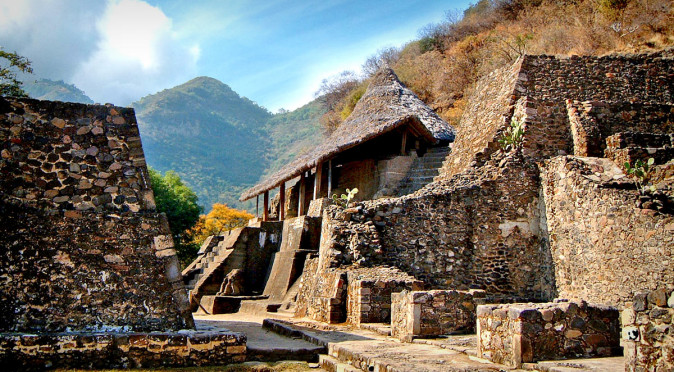
Malinalco: A Brief History
Malinalco history is largely entwined in myth and folklore and yet a few historical accounts and a small archaeological site do seem to support its legendary past.

Malinalco history is largely entwined in myth and folklore and yet a few historical accounts and a small archaeological site do seem to support its legendary past.
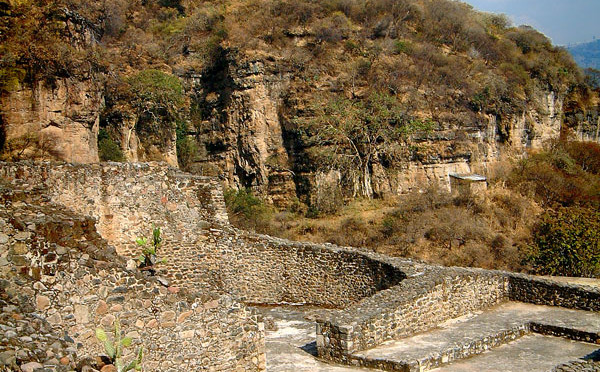
Structure III is similar to Structure I in its floor-plan, but was ritually built on top of an older structure rather than carved out of the rock face.
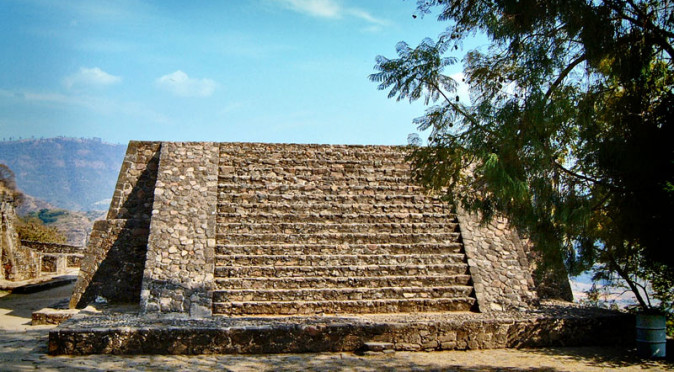
Structure II is an archetypal Mesoamerican pyramidal platform, which creates an unusually small plaza on the side of the Cerros de los Idolos.
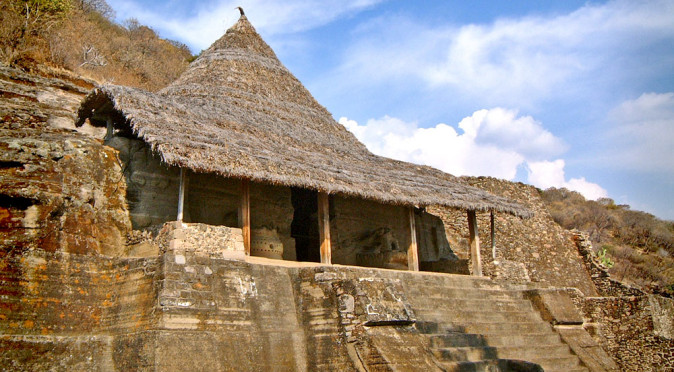
The stunning Cuauhcalli is the only known monolithic temple built by the Aztec and was carved into the hillside 125m above the town of Malinalco entirely in one piece.
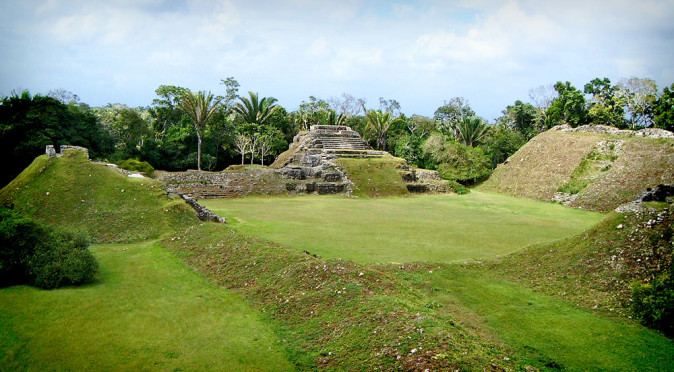
Altun Ha’s earliest development provides intriguing links to Teotihuacan and Tikal, with jade being central to its wealth and growth throughout its 1000 year existence…
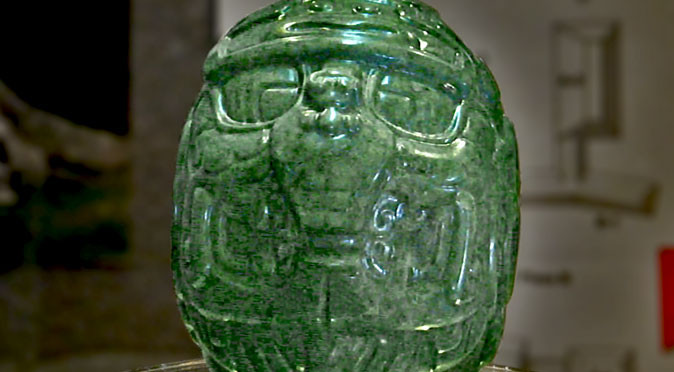
The Jade Head found at Altun Ha is the largest single piece of carved jade yet discovered in Mesoamerica. However, despite its obvious importance, very little is known about it.
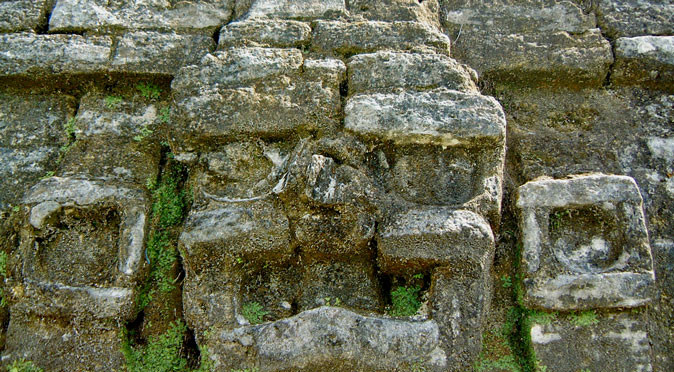
Structure B4 at Altun Ha was first developed in 550AD with intriguing architectural references to both nearby Lamanai and far-afield Tikal…
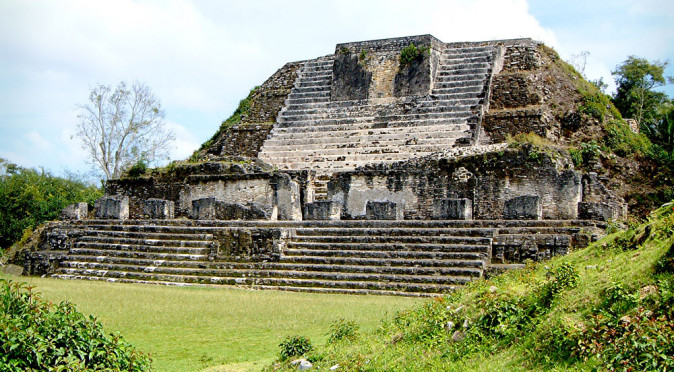
Although it is completely dominated by Temple B4, the rest of the buildings in Plaza B suggest it was a residential area for the royalty of Altun Ha.
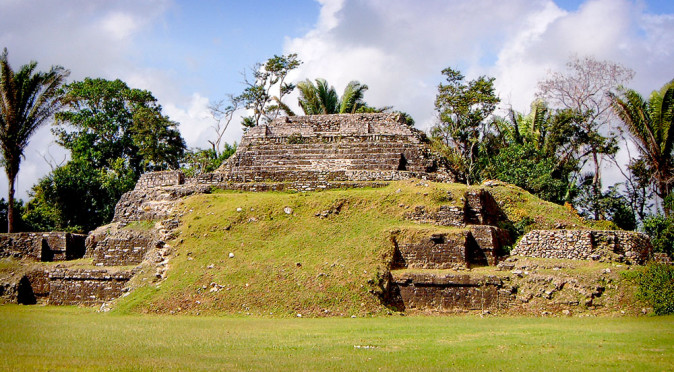
Plaza A was the main ceremonial centre at Altun Ha from 250AD onwards and was home to a remarkable 6th century tomb, featuring over 300 jade objects.
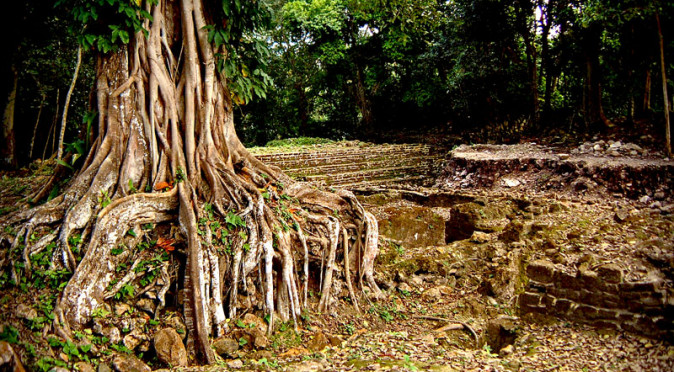
Lamanai has an incredibly long history, with the earliest signs of inhabitance dating to 1500BC and the site being abandoned after the Spanish left in the 18th Century…
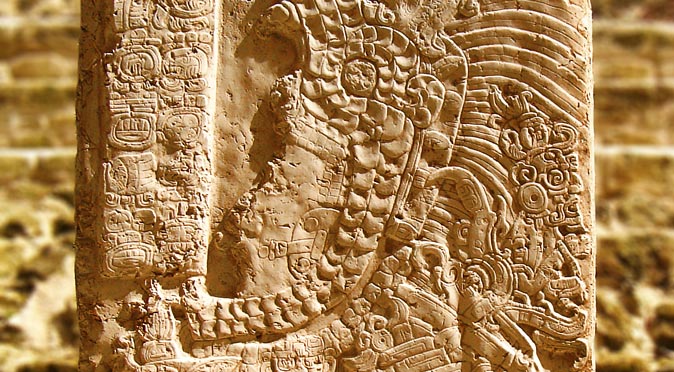
Stela 9 was found amongst the ruins of Structure N10-27 and is one of the few monuments found at Lamanai that can provide a glimpse into its lengthy history.
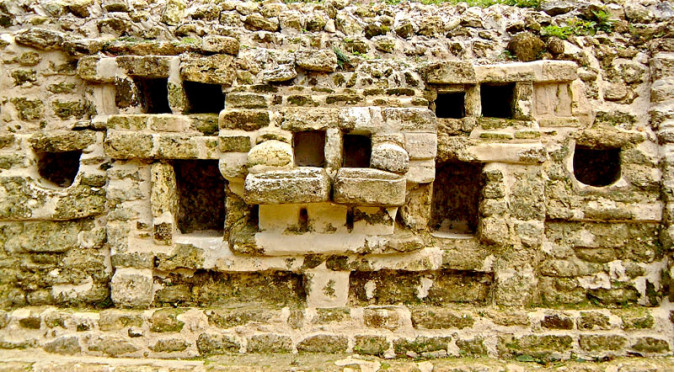
The Jaguar Temple features two huge jaguar masks on its base. The temple was in use for over 1000 years, demonstrating how the jaguar retained it importance for a very long time.
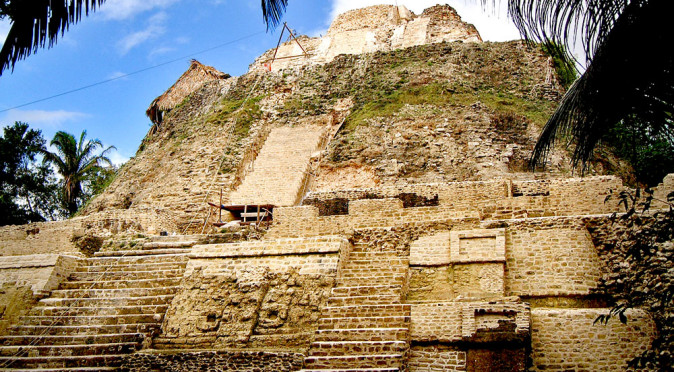
Although possibly not as old as the Mask Temple, the High Temple was built in c.100BC and was the tallest structure in Mesoamerica upon completion.
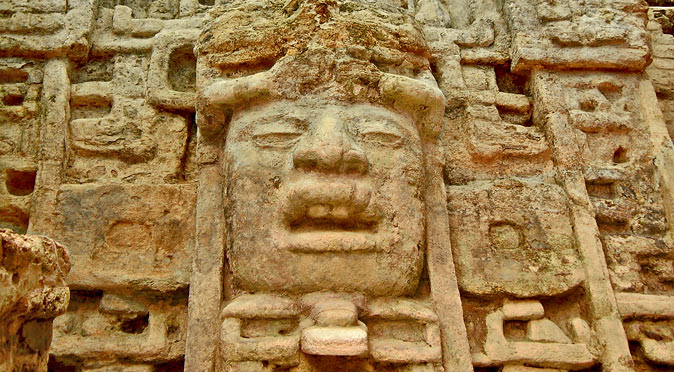
Structure N9-56 is known as the Mask Temple because it features two huge carved limestone masks – seemingly with Olmec characteristics…
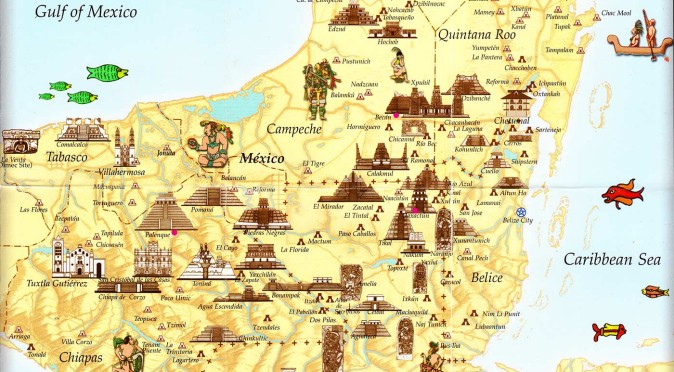
This beautiful map of Mayan cities shows all the major ancient cities and the extent of the Mayan Territories (the Mundo Maya).
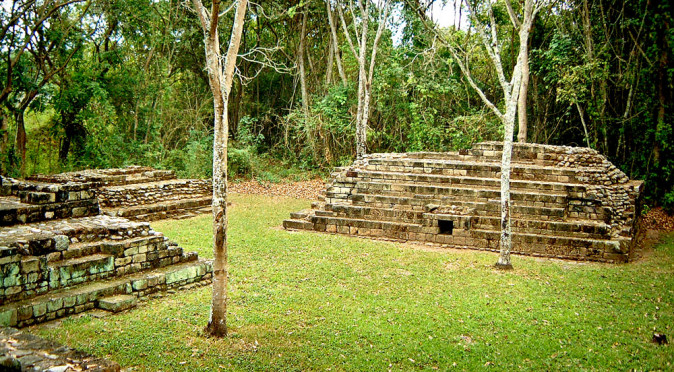
Set behind Las Sepulturas’ most prominent building, Structure 9N-82, is the diminutive looking Plaza G which may have been a sanctuary for medical and spiritual healing.
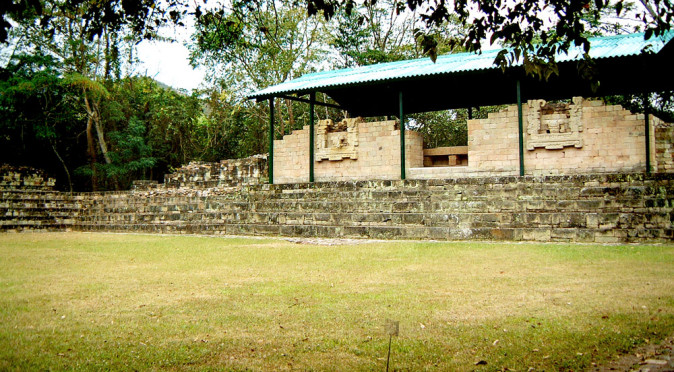
Las Sepulturas was home to the wealthiest families of Copan, but with buildings dating back to 1000BC and Structure 9N-82, it seems it was much more than a exclusive suburb…
The House of the Ba’kab, also known as the House of Scribes, contains a finely carved bench and appears to be a Royal Temple…but it is far from the ceremonial centre of Copan…